(reprinted from the October 1962 issue of The Roundel)
by Flight Lieutenant E.E. Boyd
Within sight of the Parliament Buildings in Ottawa is an area destined to become one of Canada’s newest federal parks. This small piece of real estate is rich in local lore and military heritage. It is called Victoria Island.
Situated in the Ottawa River between Ottawa and Hull, Quebec, this 12-acre island has played a major role in the annals of both Canada’s history and industrial growth. Victoria Island was an Indian settlement long before the white man discovered Canada. Later the island became a temporary domicile for explorers and soldiers and then a trading post for pioneers who used the Ottawa River for transporting furs.
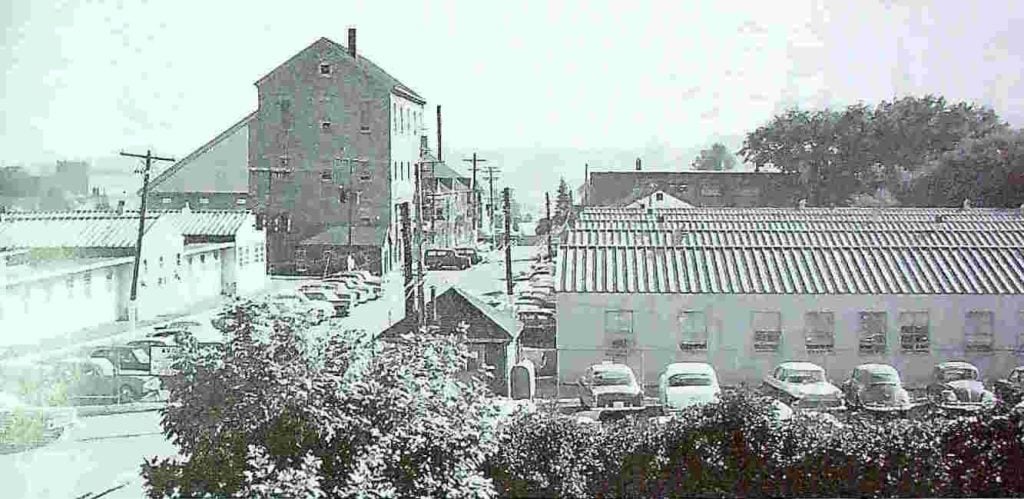
The main business in the early 1800s was fur trading and the Hudson’s Bay Company operated a trading post at the Hull end of what is now known as Booth Street. Booth Street runs from the Ontario side of the river across the Chaudiere Bridge, whose centre support is Victoria Island, to Quebec. Fur traders coming to the area to do business camped in the location which, until recently, housed Ottawa Transportation Commission bus barns and office. The oldest and tallest building on Victoria Island (see photo) was built in 1850 and used as a mica factory, then carbide plant. Today it houses several RCAF offices.
Air force interest in Victoria Island began 40 years ago when the Canadian Air Force established an aircraft repair depot there. At that time, the CAF operated its aircraft until late each fall, then landed them on the Ottawa River, taxied them to Victoria Island where they were hauled ashore on slipways, repaired and stored for the winter. In the spring the refurbished aircraft were slid down the slipway and flown back to the bases where they
were required.
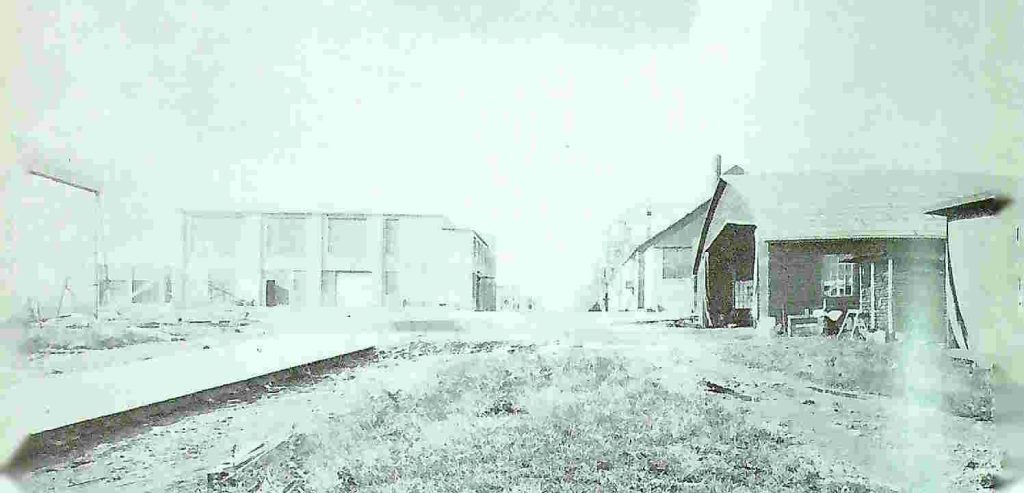
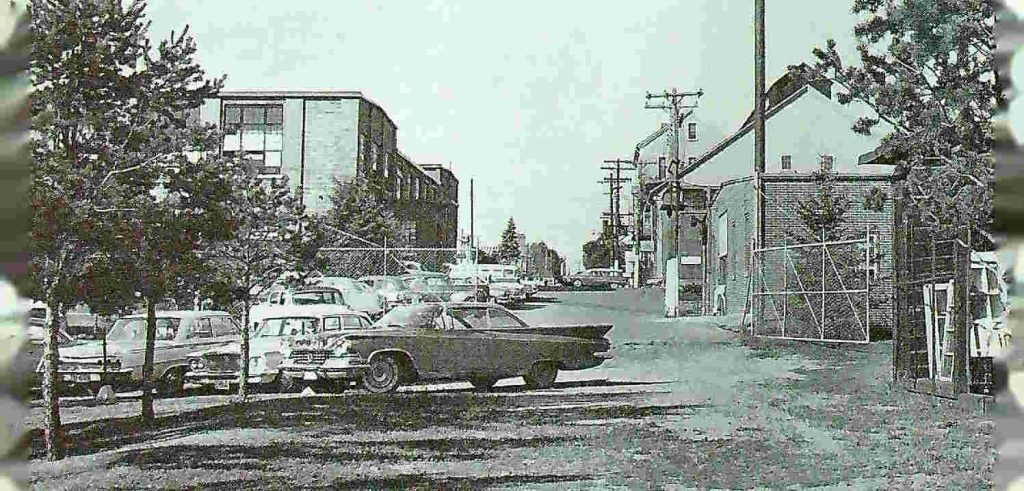
Beginning in 1922 and for succeeding years, ’planes used on operations in eastern Canada were repaired under this arrangement. It became a semi-annual sight for residents of Canada’s capital to gaze down from the heights of Parliament Hill and see aircraft taxiing along the river below.
In 1923 when His Majesty King George V approved the CAF being designated the Royal Canadian Air Force, Rockcliffe and Victoria Island were the only air stations operating in the Ottawa area. The depot at Victoria Island was comprised of two parts: the main workshops and a supply section. This was the only depot of its kind in the air force. The designation of the depot changed in 1925 to No. 1 Depot; to No. 1 RCAF Depot in 1932; and to No. 1 Aircraft Depot in 1934, but no apparent change was made in the function of the unit.
Prior to 1925 Rockcliffe and Victoria Island were under the authority of one commanding officer but that year they became separate units and S/L D. C. Hume became CO of the depot at Victoria Island. Other changes also took place. The depot was renovated and enlarged. The old stone building was remodeled for the stores section and a new modern fireproof building was built to house the workshops. A new engine test house and other local
improvements were also carried out.
In addition to the aircraft repair work being carried out at Victoria Island in 1927, the Ottawa Car Manufacturing Company had a contract for reconditioning Avro training aircraft and for the construction of floats and parts. They used the facilities of Victoria Island for conducting many of the tests associated with this work. Aircraft under tests at that time were: Vickers Vanessa, Velos, Vigil and Vista. During this period the RCAF accepted five Vikings, seven Vedettes, three Varunas and 12 Avros.
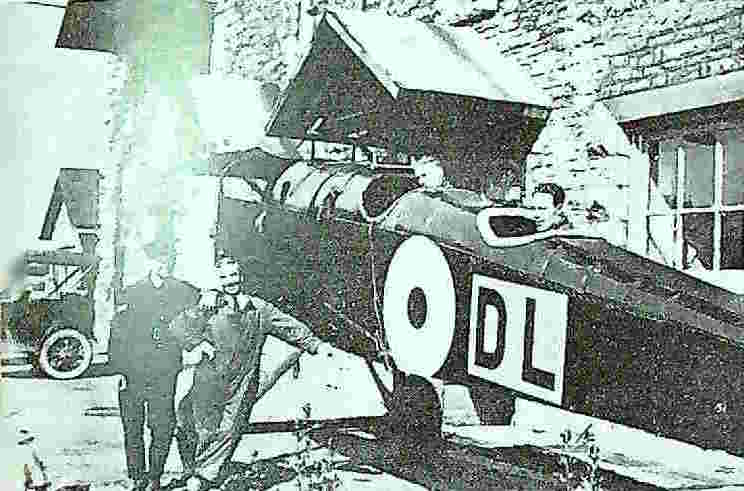
A new hangar was constructed on the north end of the island in 1927, and the following year a new for reconditioning Avro training aircraft and for the construction of floats and parts. They used the facilities of Victoria Island for conducting many of the tests associated with this work. Aircraft under tests at that time were: Vickers Vanessa, Velos, Vigil and Vista. During this period the RCAF accepted five Vikings, seven Vedettes, three Varunas and 12 Avros.
A new hangar was constructed on the north end of the island in 1927, and the following year a new stores building was built. In 1932 the overall strength of the RCAF Regular Force was 106 officers and 586 airmen, of which three officers and 65 airmen were stationed at Victoria Island.
The work carried out at Victoria Island was varied. For instance, a new type of aircraft skis, developed by the National Research Council, was built in the island’s workshops. The depot also assisted the technical training school at Camp Borden in 1936 by providing general training on metal airframes to engineer and armament officers and to airmen fitters, riggers, armourers and drill instructors.
The National Defence Hockey League was the major military sports attraction during the mid-1930s and it was a team from No. 1 Aircraft Depot, Victoria Island, which, in 1936, won the first championship for the RCAF. The Victoria Island squad then repeated the performance in the 1937-38 schedule, The calibre of the hockey that was played in the National Defence Hockey League during this period can be illustrated by the fact that Harry (Punch) Broadbent, who played with the island team in the late *30s, was recently named to the Hockey Hall of Fame.

As part of a general build-up of Canada’s armed forces in 1939 a new wing was added to the stores building and other ancillary improvements were made to prepare for additional commitments. An RCAF recruiting unit was established in the grey stone former mica factory and the combined service and civilian staff on the island expanded to approximately 150 personnel. To maintain their drill proficiency the airmen of the unit drilled for two hours each afternoon at Station Rockcliffe or proceeded up Wellington Street on route marches. Not all the staff were able to attend these drill periods; indeed, the sheet metal shop was so busy modifying the rear guns on Delta aircraft, a night shift had to be commenced to meet their commitments.
His Excellency Lord Tweedsmuir visited the depot during the early part of 1939 and the flying officer who commanded Victoria Island’s guard of honour was the present RCAF comptroller, A/V/M I. C. Cornblat.
The large number of aircraft and other equipment coming into the service at the outbreak of World War II created a need for bulk storage and receipt facilities which could not be provided at Victoria Island so No. 1 Aircraft Depot was moved to Toronto. The instrument repair shop and its staff remained at Victoria Island, as did the stock of instrument and camera equipment and all cloth for the manufacture of garments.
The remainder of No. 1 Aircraft Depot at Victoria Island was designated No. 1 Sub-Equipment Depot and its function became the repair of aircraft instruments, clocks, watches, aerial cameras, etc.; procurement, storage and issue of all publications, printed matter, and articles of stationery required by the British Commonwealth Air Training Plan; receipt of specified articles of clothing from the inspection board of the United Kingdom and Canada and distribution to units in accordance with instructions received from AFHQ. ,
In 1941, W/C M. M. Sisley of the RCAF Provost and Security Service toured Victoria Island and found it suitable for a detention barracks. Construction of the barracks on the second floor of that very versatile grey stone building began in April and was finished by May.
In answer to a national appeal broadcast over the CBC in January 1942 the sub-depot received over 900 pairs of binoculars. Wing Commander A. E. Annetts (ret.) recalls the binoculars being taken on supply record, being given RCAF serial numbers and all pertinent information regarding each pair complete with donor’s name and address being logged into the record. The instruments were then repaired where necessary and issued to depots across the country as required.
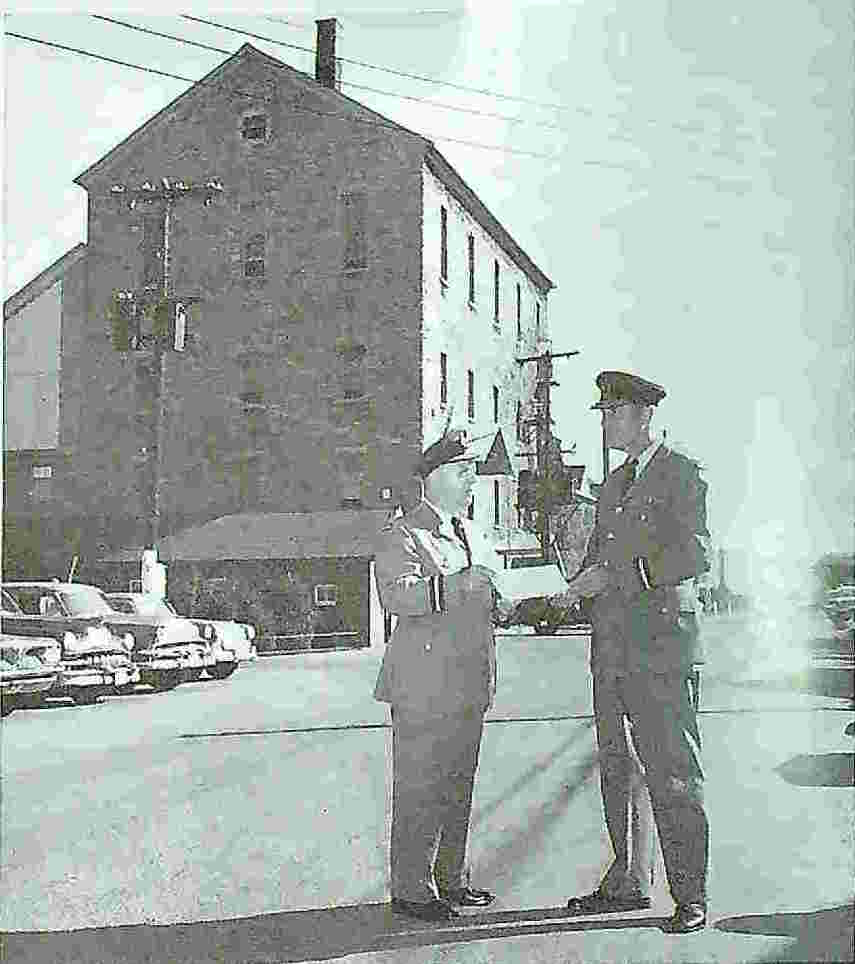
A miniature rifle range was constructed in the basement of one of the buildings and in April 1942 revolver and machine gun training was commenced under the instruction of Sgt. Major N. Clark. Because of increased activities at the sub-depot during this time and the transfer of the RCAF publications and forms store to this site, the unit was Once again granted depot status in May, becoming No. 17 Equipment Depot. In conjunction with this rise in status a new combined mess and a new issue and receipt building were constructed on the island.
In addition to the normal receipt, storage and supply function, the depot continued its repair and reclamation shops for various instruments and for boots, shoes and clothing. The depot also arranged for repair of aircraft and vehicle tires and tubes.
On 9 February 1943 W/C L. Mitchell of the RAF assumed command of the depot. He was the only RAF officer ever to command at Victoria Island. With the cessation of hostilities the depot was put on a non-active basis, personnel were released. and in January 1946 No. 17 Equipment Depot was disbanded.
The RCAF was not finished with Victoria Island, however, as the AFHQ detachment of the Service Police took up residence on the island in September 1945: the RCAF records section, which is still housed in the old grey stone building on the island, moved to these quarters in
January 1946 and in 1947 the Canadian Armed Forces Identification Bureau was organized on the island.
As the RCAF expanded during the late “40s to meet peacetime commitments additional units were housed on the island, many of which have since moved to other accommodation.
The island now houses the two largest sub-divisions in Air Force Headquarters: the Construction Engineering sub-division, which moved to the island in 1951, and the Chief of Telecommunications sub-division which completed its move to the island in December 1961. In addition to these two sub-divisions the island also accommodates: THE ROUNDEL; the Air Historian; the Statistics Directorate; the Assistant for Standardization; the Director of Nuclear Defence; the Director of Training Aids; the Canadian Armed Forces Identification Bureau; the RCAF Record Section; AFHQ
supporting admin units; the Joint Services Training Film Bureau.
The transformation of the island into a federal park by the National Capital Commission necessitates the removal of all present occupants sometime in the 1960s. Regardless of future plans for the island, whenever its colourful story is related the four decades of RCAF occupancy will always form an important part of its history.

